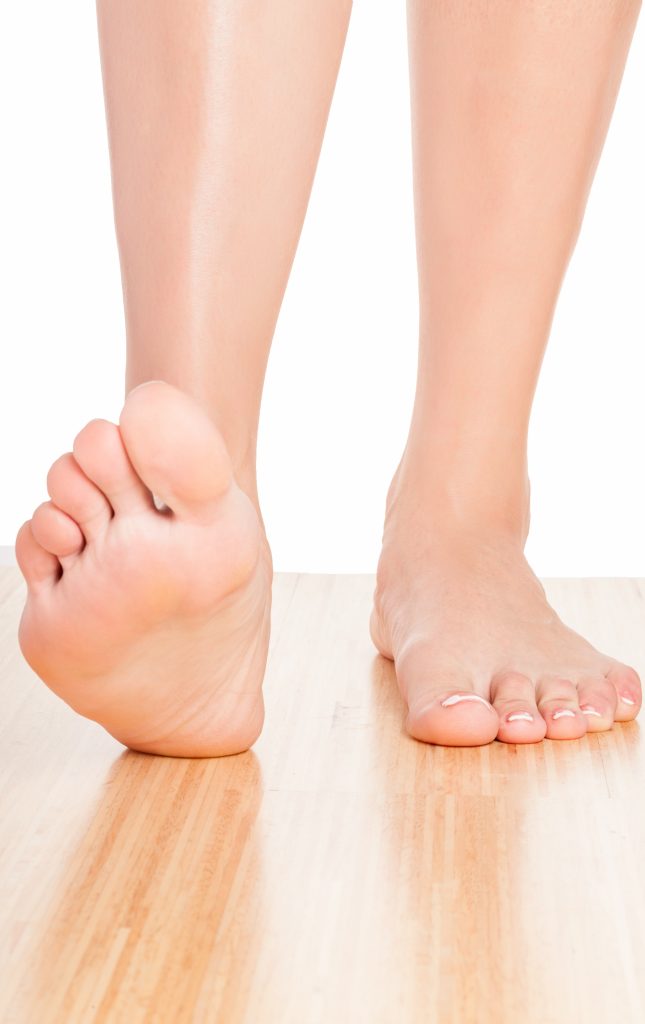 Plantar Fasciitis: The plantar fascia is the fibrous band of tissue that connects your toes to your heels. If you’re experiencing heel pain, you may have an inflammation of your plantar fascia. Most common in the morning, this pain feels like a shooting pain and may be triggered by standing after an extended state of remoteness.
Plantar Fasciitis: The plantar fascia is the fibrous band of tissue that connects your toes to your heels. If you’re experiencing heel pain, you may have an inflammation of your plantar fascia. Most common in the morning, this pain feels like a shooting pain and may be triggered by standing after an extended state of remoteness.
Often times, this pain is the result of excessive stretching of the plantar fascia. Also, if you have flat feet, you could be at risk of developing plantar fasciitis. Other common causes include a sudden increase in physical activity or wearing ill-fitting footwear. This condition is common and treatable once the source of pain is determined. If your pain is a result of the natural structure of your foot, such as flat feet, then having custom-made orthotics will aid in providing the proper arch support.
Achilles Tendonitis: The Achilles tendon is the band of tissue that connects your calf muscle to your heel bone. It can be injured through overuse, including activities that require a lot of stop and go motion. Another common cause is over-pronation – when the arch cannot support the weight that is being placed on it, leading to stress of the arch. If left untreated, your Achilles tendon may rupture; it is imperative to treat it before it worsens.
Heel Spur: Commonly associated with Plantar Fasciitis, a heel spur occurs when extra calcium deposits at the heel of your foot, resulting in an extra bone or “hook”. If you are experiencing a sharp pain in your foot when you first stand up in the morning or after standing, then you may have a heel spur.
Flat Feet: Quite common and usually painless, this condition occurs when the arch in your foot is flat, enabling the sole of your foot to touch the floor when you are standing on a flat surface. If the pain doesn’t stem from the natural mechanics of your body, then it can occur from overuse or injury.
Ankle Sprain: An ankle sprain occurs when you have a twisted or torn ligament. These injuries can take place if you suddenly shift your foot and your ankle moves outward while your foot moves inward; this stretches and tears the ligaments outside your ankle. It is crucial to properly treat the sprain to ensure that it heals correctly. Otherwise, re-injury may occur or chronic pain may arise due to an unstable.
For more information, call your medical center pain specialist in Houston at (713) 668-6000, and let’s have a chat!
